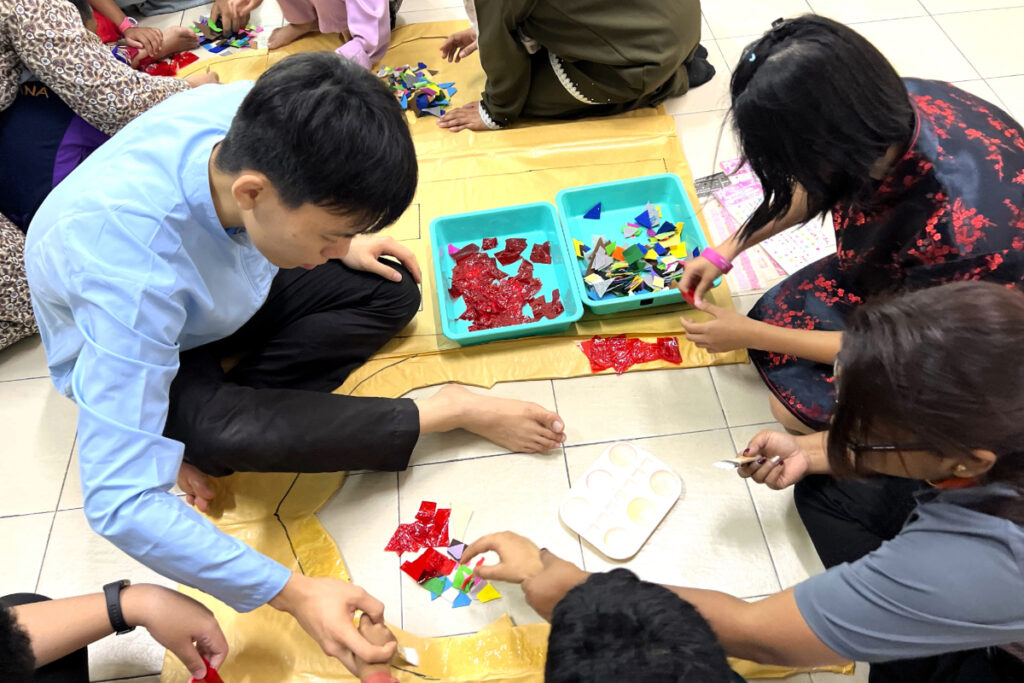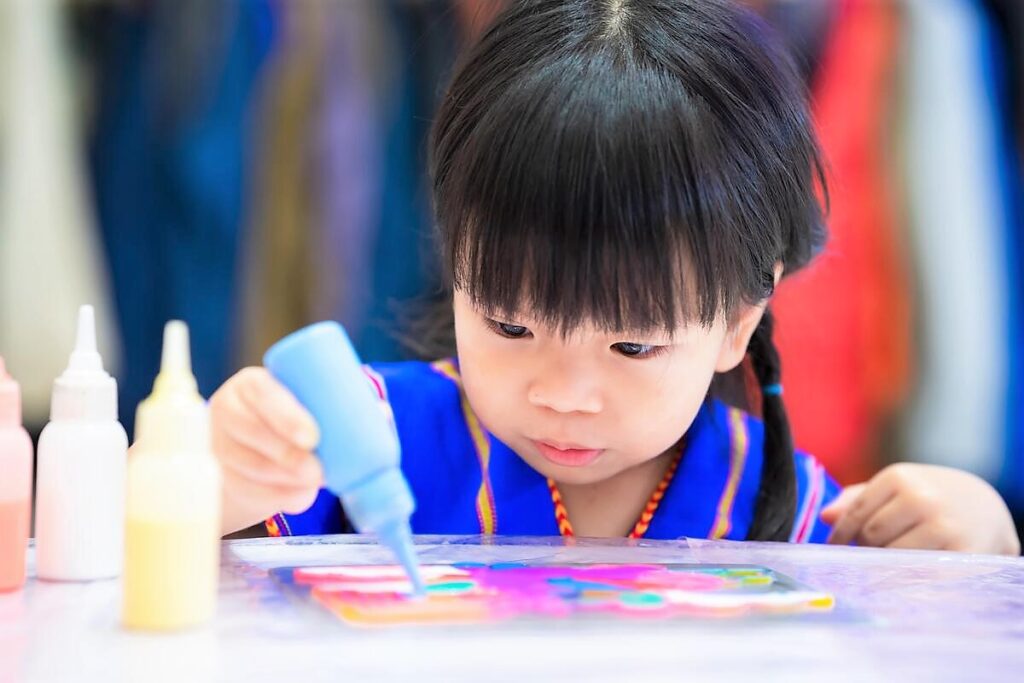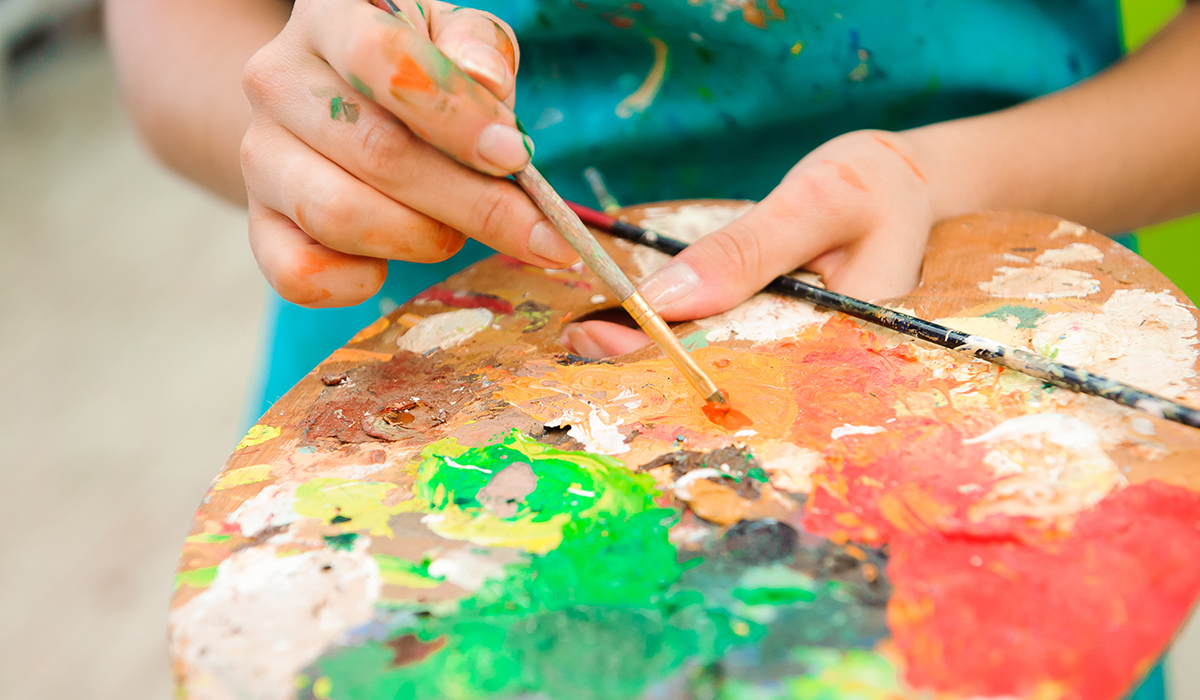How Art Therapy Boosts Creativity and Self-Expression in Neurodivergent Students
Art becomes a gateway to self-understanding and personal empowerment.
Art therapy is a powerful, yet often underutilized, tool in special education. For neurodivergent students, it provides a safe space to explore self-expression, build emotional resilience, and enhance creativity.
Unlike traditional forms of therapy, art therapy allows students to communicate without words, making it an especially valuable resource for those who may struggle with verbal expression. Through creating art, students can connect with their emotions, develop new skills, and strengthen their self-esteem.
1. Encourages Non-verbal Expression
Many neurodivergent students, particularly those with autism or language delays, may find it challenging to express themselves verbally. Art therapy offers a unique alternative, allowing students to communicate their feelings and thoughts through drawings, paintings, or sculptures. This form of expression can incredibly empower students who feel misunderstood, giving them a voice when words may fail them.
2. Enhances Emotional Awareness and Regulation
Art therapy encourages students to explore their emotions in a non-threatening way. Creating art allows students to express complex feelings such as frustration, anxiety, or joy. By visually representing their emotions, students can better understand what they are feeling and why. This process can also help students learn to regulate their emotions, as creating art has a calming, therapeutic effect that promotes relaxation and focus.
3. Builds Fine Motor Skills and Coordination
Creating art involves various activities, from holding a paintbrush to cutting paper or molding clay. These tasks require fine motor skills and hand-eye coordination, making art therapy an excellent way for neurodivergent students to develop and strengthen these abilities. Students improve their dexterity and spatial awareness through consistent practice, which can translate to other areas of learning and daily life.

4. Fosters Creativity and Problem-solving Skills
Art therapy encourages creative thinking and problem-solving. As students experiment with colors, shapes, and textures, they are free to think outside the box and come up with solutions. This fosters a sense of creativity that can positively impact other areas of learning. For neurodivergent students who may struggle with traditional educational methods, art provides an opportunity to engage with learning in a fun and meaningful way.
5. Strengthens Self-esteem and Confidence
One of the most important benefits of art therapy is its ability to build self-esteem. For neurodivergent students, struggling with academic challenges or social situations can lead to feelings of frustration and self-doubt. However, when students create something unique and beautiful, it gives them a sense of accomplishment and pride. Art provides a tangible outcome that reflects their abilities, helping them feel more confident in their skills and self-worth.
6. Provides a Sense of Accomplishment and Pride
The creative process in art therapy often results in a finished product, whether it’s a drawing, painting, or sculpture. For neurodivergent students, this tangible result serves as a visible reminder of their hard work, dedication, and creativity. Completing and sharing a project fosters a sense of pride and achievement, helping to build a positive self-image.

How to Incorporate Art Therapy into the Classroom
- Individual and Group Sessions: Art therapy can be offered in both individual and group settings, allowing students to work independently or collaborate with peers.
- Encourage Exploration: Allow students to experiment with different materials and techniques, such as watercolors, clay, or collage, to foster creativity and self-expression.
- Create a Safe Space: Ensure that the environment is calming and supportive so students feel comfortable expressing themselves without fear of judgment.
- Integrate Art into Other Subjects: Incorporating art into other lessons, such as science, history, or language arts, can help neurodivergent students engage more deeply with the curriculum.
Art therapy offers neurodivergent students a powerful tool for expression, creativity, and emotional growth. By integrating art therapy into the classroom, educators can provide a unique and inclusive way for students to connect with their emotions, develop essential skills, and build self-confidence.
For many students, art becomes a gateway to self-understanding and personal empowerment, helping them navigate their world with greater clarity and resilience.

